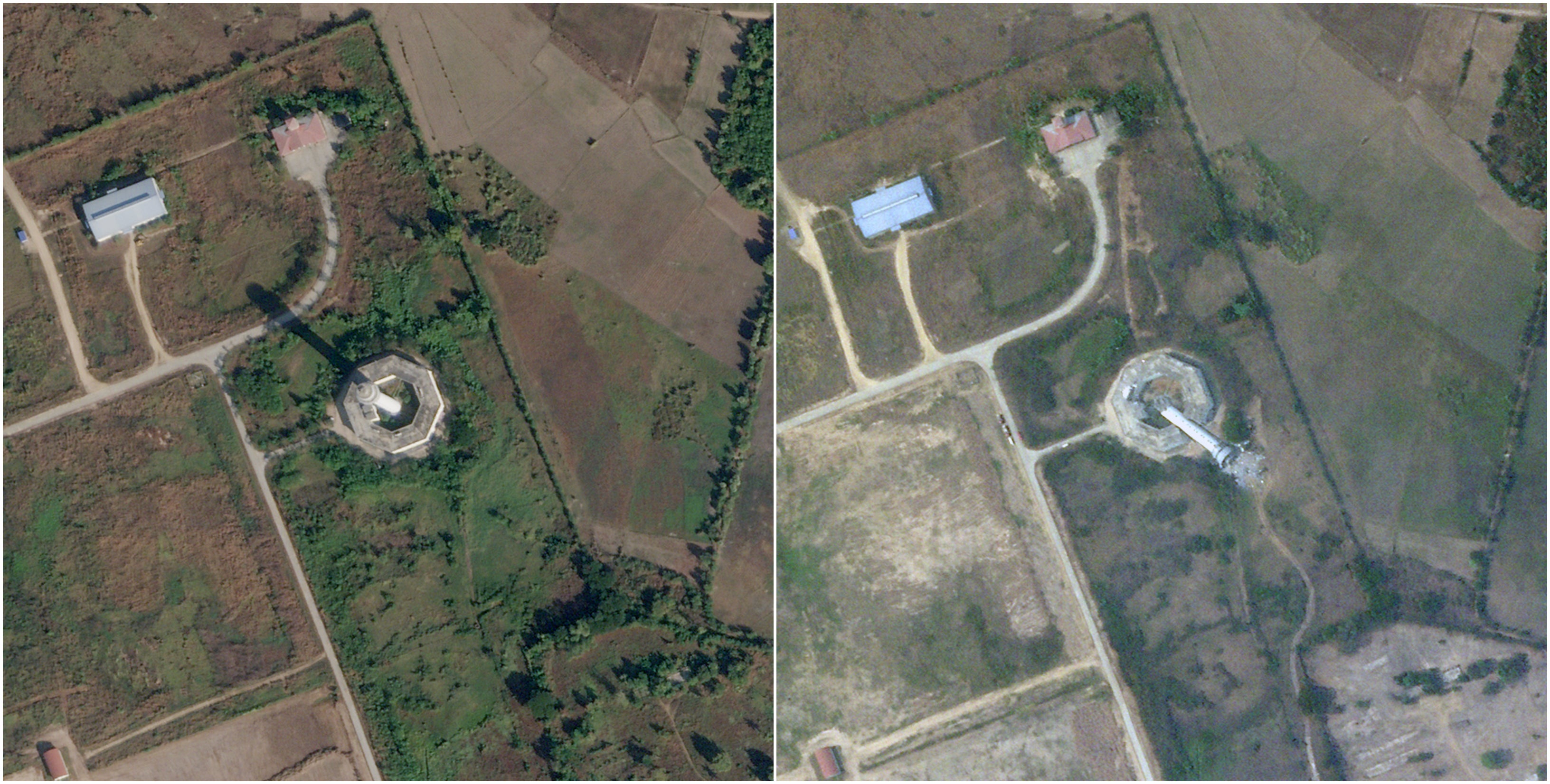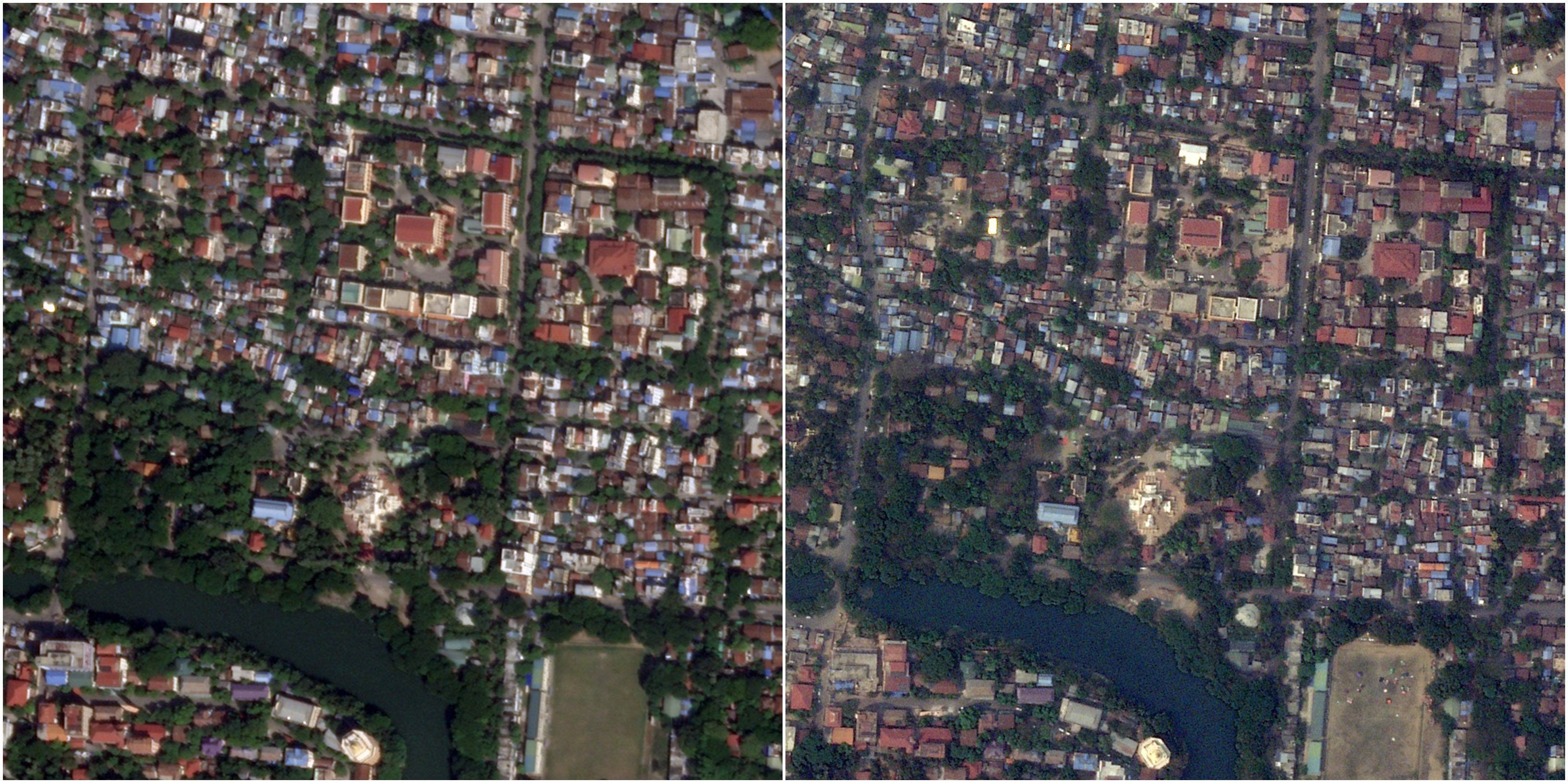Rescuers are racing against time to save people trapped under debris after a massive earthquake left an ocean of devastation in civil-war torn Myanmar last week.
The death toll in last week's 7.7-magnitude earthquake that struck Myanmar near its second-largest city of Mandalay rose to 2,719, with more than 3,900 injured and about 270 missing. It damaged the city's airport, buckled roads and collapsed hundreds of buildings along a wide swath down the country's centre.
The true scale of devastation in Myanmar was not known due to limited information emerging from the nation, which was already battling a conflict between the junta and the armed ethnic rebel forces since the military wrested power from the elected government in 2021.
The powerful earthquake collapsed an under-construction high-rise building hundreds of miles away in the Thai capital of Bangkok. At least 13 have been confirmed dead at the building site as Thailand's national death toll from the quake stands at 20. A rescue operation is underway to save dozens trapped under the debris of the collapsed building, Thai officials said.
Satellite images provided by Planet Labs show the extent of damage in Mandalay – the worst affected region in Myanmar – along with substantial damage in the capital, Naypyidaw.
At least 200 Buddhist monks were crushed by a collapsing monastery, while 700 Muslims died while offering Friday prayers at a mosque for Ramadan.
"We're really not clear on the scale of the destruction at this stage," Lauren Ellery, deputy director of programmes in Myanmar for the International Rescue Committee, told The Associated Press.
"They were talking about a town near Mandalay where 80 per cent of the buildings were reportedly collapsed, but it wasn't in the news because telecommunications have been slow."
Satellite pictures taken after the earthquake revealed the temblor toppled the air traffic control tower at the Naypyitaw international airport.

In the picture (left) taken on 13 January, the control tower at the airport can be seen functional, whereas it can be seen collapsed with debris scattered on the ground in the picture taken a day after the earthquake on 29 March.
An air traffic controller, three woman assistants, the two-year-old son of one of the assistants, and a military intelligence officer were killed in the tower collapse, Myanmar Now reported. The radar systems at the airports in Naypyitaw and Mandalay were no longer operating, which forced the authorities to divert the aid and rescue flights to Yangon.
In Mandalay, a region already battling the bloody conflict, the earthquake reduced centuries-old monuments and Buddhist monasteries to rubble. More than 10,000 buildings completely collapsed or severely damaged in central and northwest Myanmar, the UN humanitarian agency said.
The Masoeyein Monastery in one of the most affected areas of Mandalay collapsed during the earthquake last week. A video on social media showed monks gathered around the ruins of a decorative clock tower that served as a centrepiece of the monastery.

The picture (right) taken on 29 March shows the aftermath of the Masoeyein Monastery’s collapse in Mandalay compared to a previous satellite picture taken on 29 October 2023.
"It started shaking, then it started getting serious," a soldier at a checkpoint on the road outside the pagoda told AFP news agancy. "The monastery also collapsed. One monk died. Some people were injured, we pulled out some people and took them to the hospital."
Relief efforts were further hampered by power outages, fuel shortages and spotty communications, aid agencies said. A lack of heavy machinery has slowed search-and-rescue operations, forcing many to search for survivors by hand in daily temperatures above 40C.
The International Rescue Committee said shelter, food, water and medical help were all needed in places such as Mandalay, near the epicentre of the quake.
"Having lived through the terror of the earthquake, people now fear aftershocks and are sleeping outside on roads or in open fields," an IRC worker in Mandalay said in a report. "There is an urgent need for tents, as even those whose homes remain intact are too afraid to sleep indoors."







